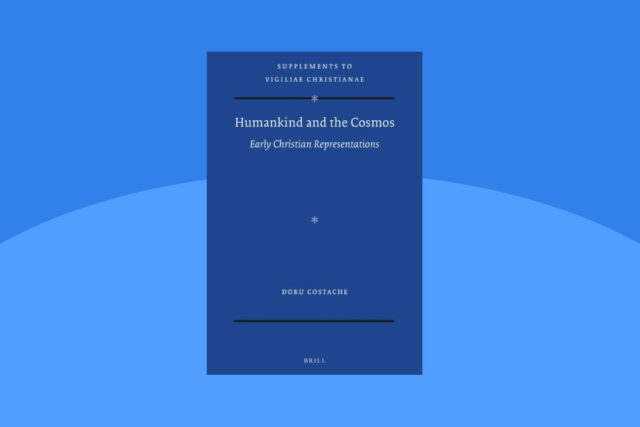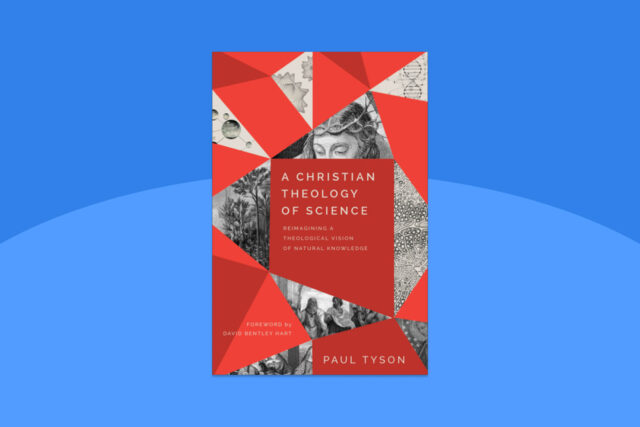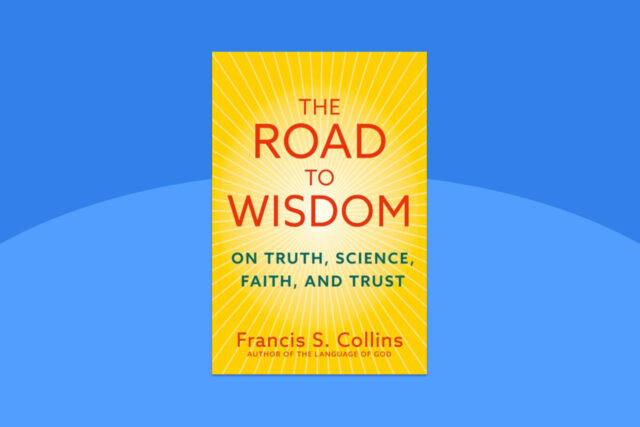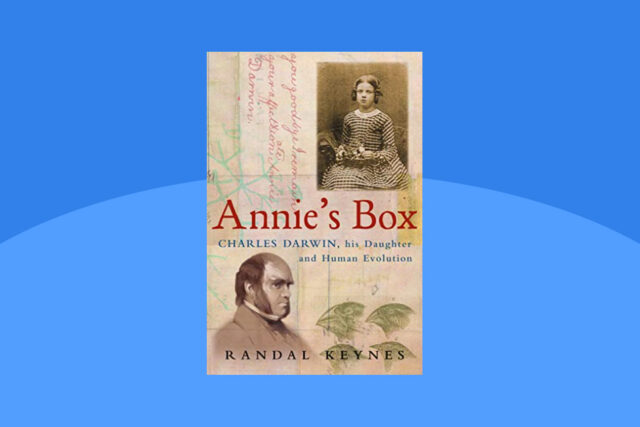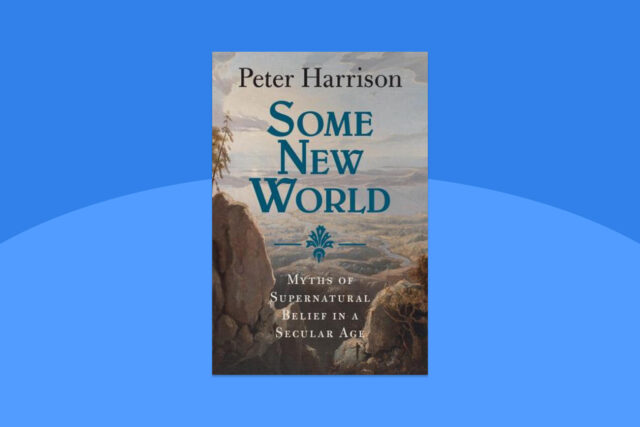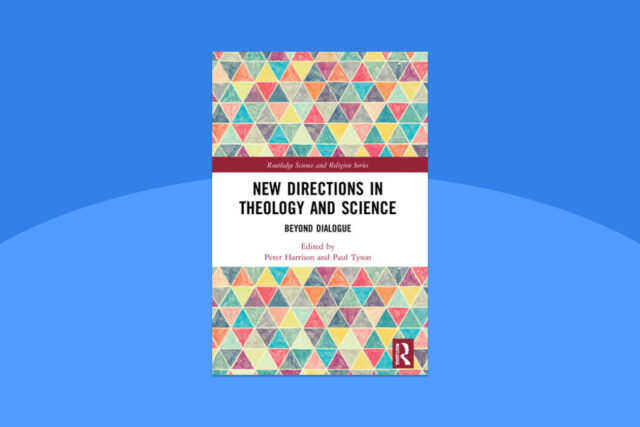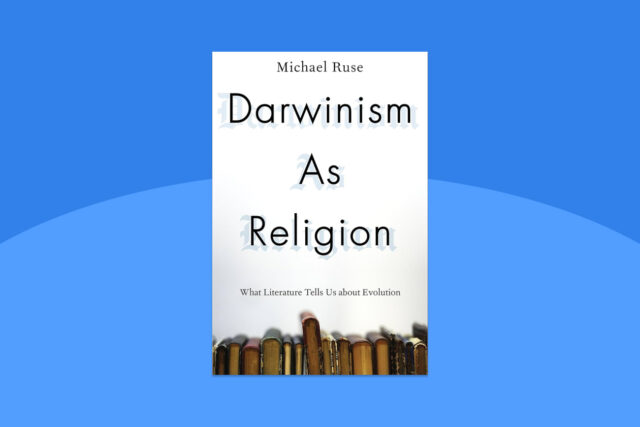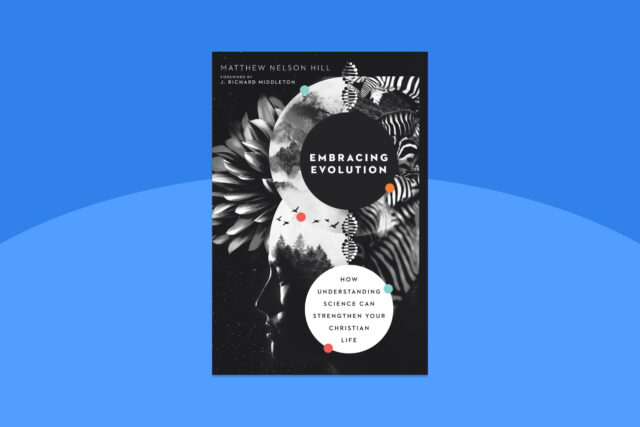


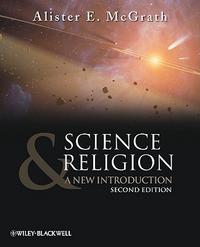 Review of Alister McGrath’s book ‘Science & Religion: a new introduction‘
Review of Alister McGrath’s book ‘Science & Religion: a new introduction‘
Colin Goodwin, February 2013.
Download PDF
Alister E McGrath
Science & religion: a new introduction
Wiley-Blackwell, second edition, 2010, 264 pp.
ISBN: 1405187913
Reviewed by Colin Goodwin
This review first appeared in The Melbourne Anglican, August 2012, p. 21 and is reproduced with permission of both the author and The Melbourne Anglican.
A brilliant exploration of science/religion debate
Let me say at once that the more I read of Alister McGrath’s exceptional output of theological writing the more I am tempted to say that he is to 21st century theology pretty much what Wolfgang Amadeus Mozart was to 18th century music. In terms of broadness of scope, sustained brilliance, variety of expression, and challenging nuances, these two giants of high culture reveal in their respective domains a striking degree of similarity.
The second edition of Alister McGrath’s Science & religion: a new introduction underscores this point. Any of an array of laudatory adjectives might be employed to evaluate the book. I shall employ wondrous in its standard sense of ‘causing amazement and admiration’ to do so, just as one might use the same adjective to praise, say, Mozart’s flute and harp concerto in C, K 299. That McGrath’s Science & religion: a new introduction is capable of ‘causing amazement and admiration’ is clear for at least the following reasons.
Taken as a whole the book is a superbly structured compendium of practically everything important in the discussion between science and religion, with three great debates – Copernicus, Galileo, and the Solar System; Newton and the Universe as a vast mechanism; Darwin and human biological origins – providing a lively prelude to later history of the relationships between science and religion. A recurring topic here is, of course, biblical interpretation. As McGrath notes:
Conflict between science and religion often arises when scientific advance is seen to conflict with the prevailing modes of biblical interpretation.
And this is pointedly evident in the first and third of the debates just mentioned. Theologian Ian Barbour’s typology of ‘ways of relating science and religion’ (pp. 45-49), viz. conflict, independence, dialogue, and integration, is extensively (though not uncritically) drawn upon by McGrath in his unwavering attempt to understand these fields.
In Part 2 of the book McGrath covers what he calls ‘twelve general themes of interest to the dialogue between science and religion’ (pp. 44-142).
This fascinating section explores issues such as the notion of ‘explanation’ in science and religion, verification and falsification in these areas, proving a scientific theory and proving God’s existence, the doctrine of creation and the natural sciences, and how non-Christian belief systems (McGrath considers Judaism, Islam, Hinduism, and Buddhism) approach science- religion interaction. Behind much of what is said regarding these themes hovers McGrath’s question:
What are we to make of the widespread belief that science proves its beliefs, whereas religion merely asserts its beliefs, often in very dogmatic ways?
The third part of Science & religion: a new introduction deals with a number of matters relating to specific scientific disciplines in their bearing on religious thought. Cosmology discusses the Universe’s origin and the whole physical order’s remarkable degree of ‘fine-tuning’, with obvious resonances for religion. The discussion in quantum physics of ‘complementarity’ (wave-particle duality) to appropriately model sub- atomic phenomena recalls at once the complementarity in Christian doctrine of ‘two natures’ – one divine, one human – to model appropriately the phenomenon of Jesus of Nazareth. Evolutionary biology and religious thought continue stimulating (sometimes strident) exchanges around the notions of purpose and ‘design’ in biological systems; whilst psychology and, more recently, cognitive science, engage with religious faiths about the origins of religious belief, the nature of religious experience, and human predispositions to believe in divine agencies.
McGrath concludes his book with a cluster of insightful chapters entitled ‘Case studies in science and religion’. These studies offer brief sketches of the careers, and salient arguments, of ten major recent or contemporary contributors to the science-religion interface, and run from Teilhard de Chardin to, for example, John Polkinghorne and Philip Clayton.
Like the music of Mozart, the theological writing of Alister McGrath is inexhaustibly wondrous. Like Mozart’s flute and harp concerto in C, K 299, McGrath’s Science & religion: a new introduction is altogether compelling in its capacity to cause ‘amazement and admiration’.
The Rev Dr Colin Goodwin is a philosopher and retired Anglican priest who lives in semi-retirement on the Mornington Peninsula.
2


